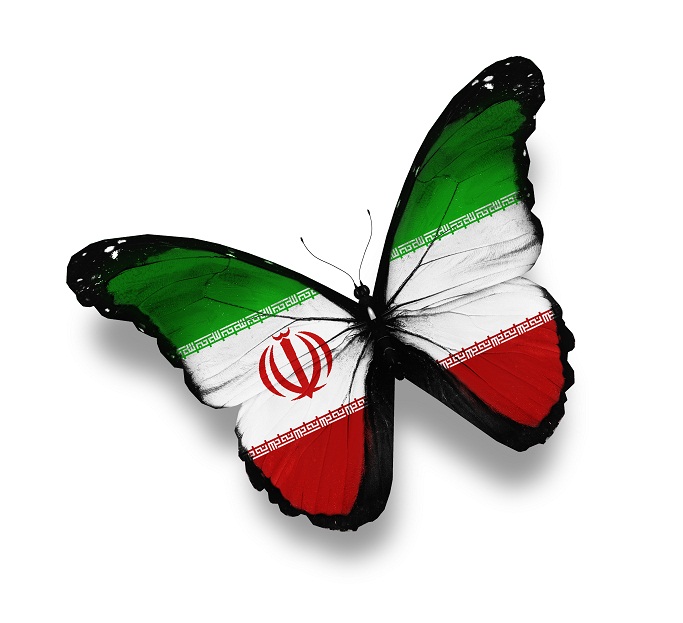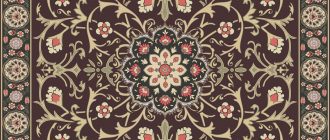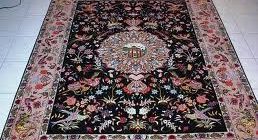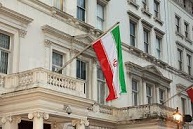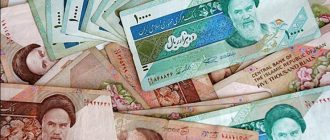Want to know more about the Iran Flag, its history and background of the Iranian flag? The Iranian flag is full of symbolism and the text below will help to outline the background to this symbolism.
The Iranian flag was changed following the Islamic revolution in 1979 and changes to the flag were officially endorsed by Ayatollah Khomeini in 1980.
The Iranian flag incorporates three horizontally placed stripes which are red, green and white in colour. The colours used in the Iranian flag are symbolic. As an Islamic republic, the green represents Islam. The red represents bravery and the white strip represents peace. ‘Allahu Akbar’ (God is Great) is repeated continuously in smaller script across the borders of the three horizontal stripes. The recitation of Allahu Akbar is extremely important in the Islamic faith.
In the middle of the Iranian flag, is a centre piece which has been arranged to symbolise the Arabic script for ‘Allah’. The script is formed of four crescents (the crescent is a central Islamic symbol) and a sword. Above the sword is the Arabic ‘shaddah’ symbol which is placed above particular letters in the Arabic script to strengthen the respective sound. In the case of the Iranian flag, the shaddah ‘strengthens’ the sword. The representation of ‘Allah’ in the Arabic script is also formed in such a way that it symbolises a tulip. The use of the tulip in Iran dates back to ancient time, whereby it has been used to represent the death of individuals who have died for their country. It has been placed in the Iranian flag to honour the Iranians who died fighting in the Iraq-Iran war.
Taken collectively, the five elements contained in the flag also represent the five pillars of Islam, which all Muslims are expected to uphold (uttering the testification of faith, fasting during the fasting period, performing pilgrimage to the Ka’aba in Mecca, praying the prescribed prayers and making the required contributions to charity).
The central part of the Iranian flag was introduced following the revolution in 1979 and replaced a previous centre piece which depicted a lion holding a sword.

